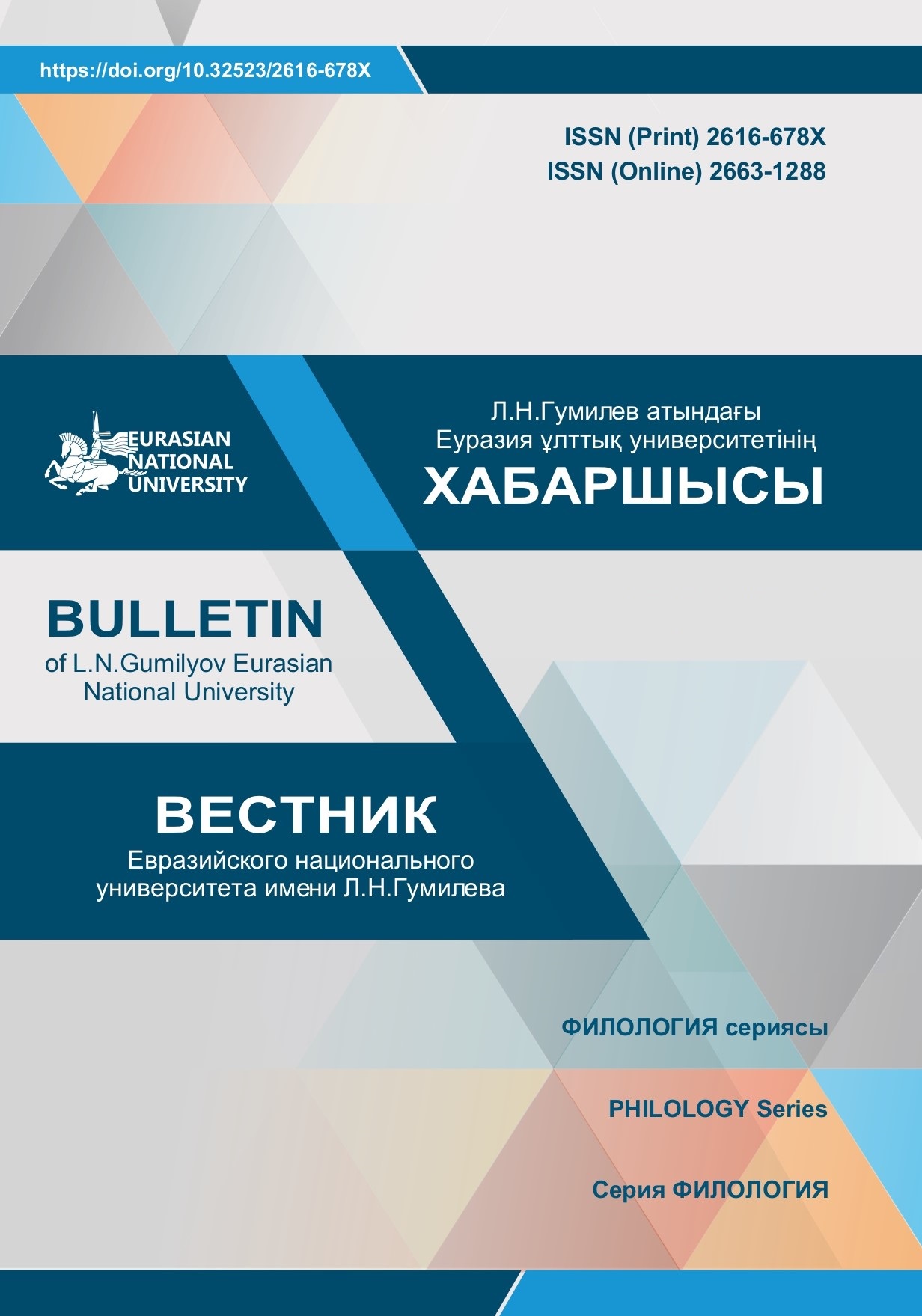Ethnocultural Basis of «Boritastagan» Toponym
Views: 165 / PDF downloads: 291
DOI:
https://doi.org/10.32523/2616-678X-2020-133-4-24-31Keywords:
toponymy, linguistics, folklore, legend, tradition, wolf, totem, cultural understandingAbstract
The article examines the names of an area in the aspect of linguistics and folkloristics, relying on
research on toponymy as one of the branches of onomastics. The main scientific provisions of this direction are
systematized, taking into account the fact that the toponym is used not only in linguistics, but also in folklore and
literary criticism. Based on examples, the author analyzes the reflection in the composition of folklore works of
toponyms that reveal the essence of certain objects and explain their meaning. The article says that the similarity
between toponymic traditions and historical-geographical legends is due to the fact that they are characterized
by motives associated with the names of localities. The main analysis covers the toponym “Boritastagan” and
is aimed at describing its national and cultural basis, linguistic and cognitive characteristics. Comparing the
motives of legends and traditions, the author studies the worldview of the era of the ancient Huns, relying on
the conclusions and opinions of famous scientists. In the process of analysis, the representations connected in
the national-cultural consciousness with the concepts of “bori” (“wolf”), “kok” (“sky”) are comprehensively
covered here. Emphasizing the significance of the wolf totem in the worldview of the ancient Turks, the author
concludes that the legend “Boritastagan”is a unique example of toponymic folklore.







